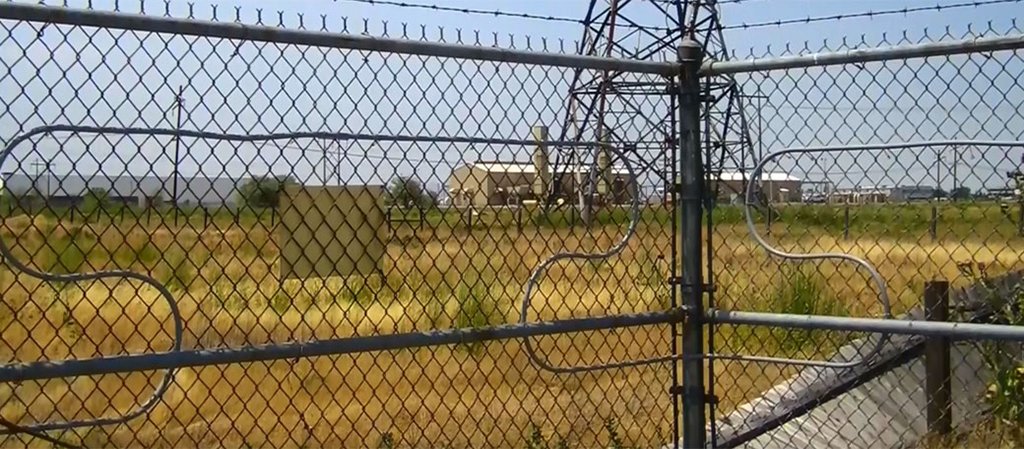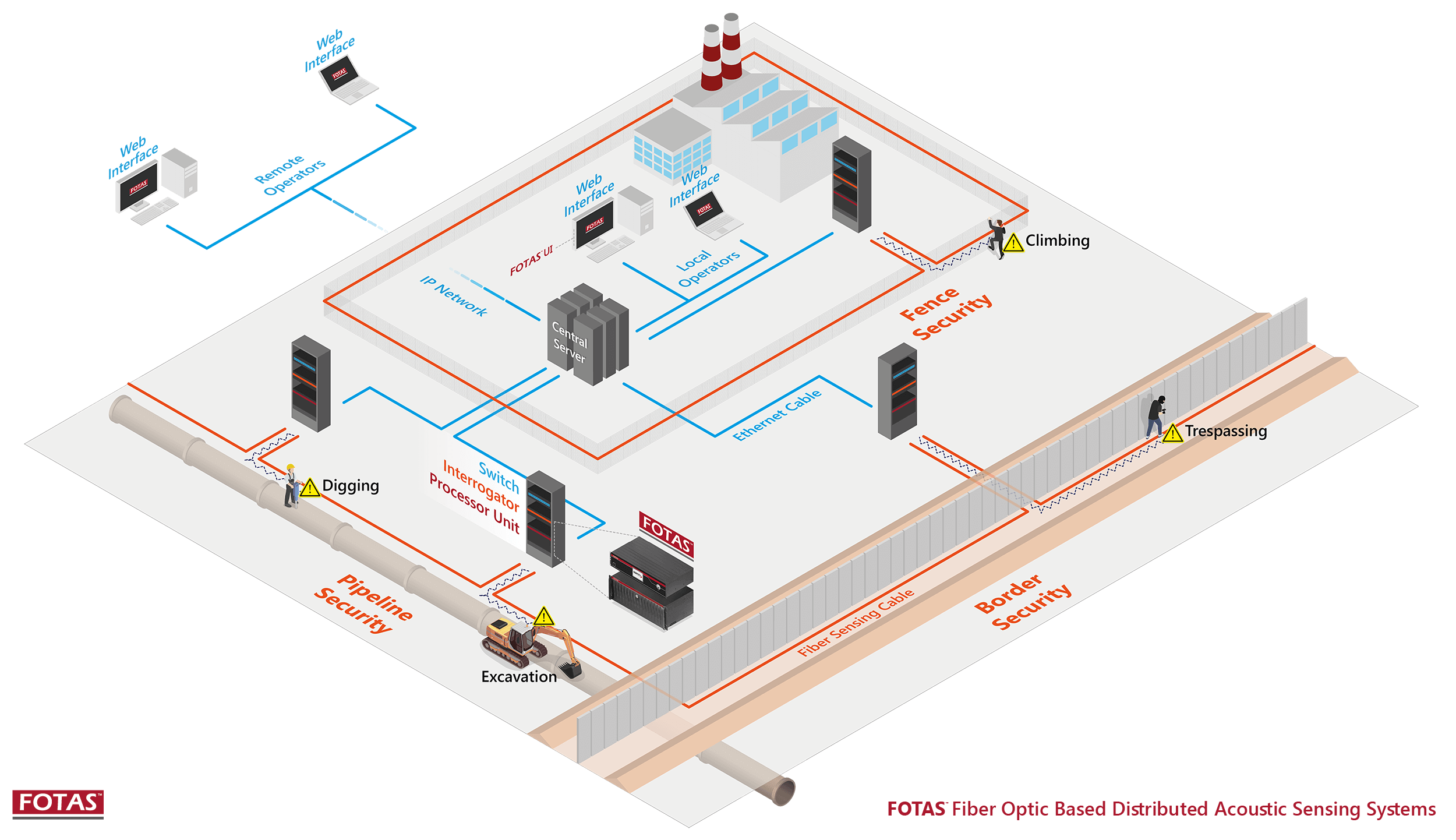Key Aspects of Fiber Optics Infrastructure for Security Installations You Need to Understand
Key Aspects of Fiber Optics Infrastructure for Security Installations You Need to Understand
Blog Article
Secure Your Building With Reliable Fiber Optic Security Solutions
In an age where security threats are progressively sophisticated, the requirement for effective security options is vital. Fiber optic safety systems stand out by supplying outstanding dependability and performance, leveraging advanced light transmission technology to enhance monitoring abilities. These systems not only give resistance to electromagnetic interference however also guarantee long-lasting price effectiveness via decreased maintenance demands. The choice to invest in such a solution involves cautious consideration of various variables. Comprehending the ins and outs of fiber optic safety can light up the course to safeguarding your residential property better. What elements should be explored to optimize your investment?
Benefits of Fiber Optic Protection
Fiber optic protection options use a variety of benefits that make them significantly vital in today's electronic landscape. Among one of the most considerable benefits is their premium bandwidth capability, which allows for the transmission of large amounts of information over fars away without substantial signal deterioration. This ability is specifically advantageous for security systems that count on high-definition video security and real-time monitoring.
Additionally, fiber optic cables are inherently more safe and secure than traditional copper electrical wiring. They are unsusceptible to electro-magnetic interference, making them less at risk to hacking or eavesdropping. This improved safety is vital for protecting sensitive data and keeping the honesty of security systems.
In addition, fiber optics are more resilient and resistant to environmental factors, such as dampness and temperature level variations, guaranteeing long-lasting reliability and lowered maintenance prices. The lightweight nature of fiber optic cords additionally simplifies setup procedures, permitting greater adaptability in system layout.
Exactly How Fiber Optic Solution Work
In contemporary safety and security applications, the operation of fiber optic systems depends on the principles of light transmission via versatile glass or plastic fibers. These fibers are developed to bring light signals over cross countries with minimal loss, making them optimal for transferring information associated with safety tracking. The core of the fiber, surrounded by a cladding material, makes sure that light signals remain included within the core through a sensation called complete interior reflection.
When integrated into safety and security systems, fiber optic cable televisions can transfer information from numerous sensing units, such as electronic cameras, motion detectors, and alarm systems, to a central monitoring station. The high bandwidth capacity of optical fiber enables the transmission of large quantities of data concurrently, allowing real-time security and timely action to potential dangers.

Types of Fiber Optic Safety Solutions
Numerous kinds of fiber optic protection options have arised to boost surveillance and defense across various atmospheres. One popular service is fiber optic boundary intrusion detection systems (PIDS), developed to keep track of and protect residential property boundaries with the detection of resonances and disruptions along fiber optic cables. These systems offer real-time notifies, making it possible for punctual responses to unauthorized accessibility efforts.
One more efficient option is fiber optic video monitoring. This modern technology leverages high-definition cams linked using fiber optic cables to transfer video clip information over cross countries without significant loss of high quality. This configuration is specifically advantageous in extensive locations, such as airport terminals and commercial sites, where traditional copper cable televisions may fail.
In addition, fiber optic sensing units are significantly utilized for environmental monitoring, spotting modifications in temperature, pressure, or acoustic signals that might suggest safety violations or harmful problems. These sensing units use high level of sensitivity and precision, making them suitable for important framework defense.

Setup and Upkeep Tips
Efficient installment and upkeep of fiber optic safety options are vital for ensuring their optimum efficiency and longevity. Fiber optic wires ought to be routed safely, staying clear of sharp bends or twists that might compromise their Recommended Reading honesty.
During installation, it is suggested to conduct extensive screening of the system to validate that all elements are working appropriately. Regular maintenance checks should be scheduled to examine the fiber optic wires for any type of indications of wear or damage, as well as to make certain that links stay safe and secure. Cleaning the connectors periodically is likewise important to avoid signal loss because of dirt or particles.
Additionally, keeping an upgraded inventory of installed components and their specifications can facilitate much easier troubleshooting and upgrades. By adhering to these setup and maintenance pointers, building owners can optimize the effectiveness of their fiber optic protection remedies, ensuring a reliable defense versus prospective threats.
Comparing Expenses and Efficiency
When reviewing fiber optic security solutions, understanding the balance between costs and efficiency ends up being vital (security fibers). Organizations needs to take into consideration the ahead of time financial investment, recurring upkeep expenditures, and the lasting worth these systems supply. While fiber optic systems might need a higher preliminary setup expense compared to traditional copper wiring, their sturdiness and decreased vulnerability to electromagnetic interference often convert to reduced upkeep prices gradually
Efficiency is another vital element; fiber optic security systems offer enhanced information transmission rates and improved reliability. They can cover bigger ranges without signal deterioration, making them optimal for extensive residential properties or remote places. The high data transfer capability supports sophisticated security applications, such as high-def video security and real-time tracking, which are essential for thorough safety management.
Eventually, the choice in between price and efficiency need to be assisted by particular protection requirements and risk evaluations. Organizations has to evaluate their unique demands, taking into consideration elements like residential property size, safety threats, and technological innovations. By carrying out a comprehensive cost-benefit analysis, stakeholders can make educated choices that straighten with their safety and security objectives while guaranteeing these details an audio investment in fiber optic technology.
Conclusion
Finally, fiber optic safety and security options supply significant advantages in terms of efficiency, integrity, and immunity to ecological disturbances. These systems boost security capabilities and perimeter safety site and security, making them an efficient option for thorough defense. First installment prices might be greater, the long-lasting advantages, including minimized maintenance and remarkable performance, validate the investment. Ultimately, the adoption of fiber optic technology stands for a forward-thinking approach to guarding buildings versus advancing protection hazards.
Report this page